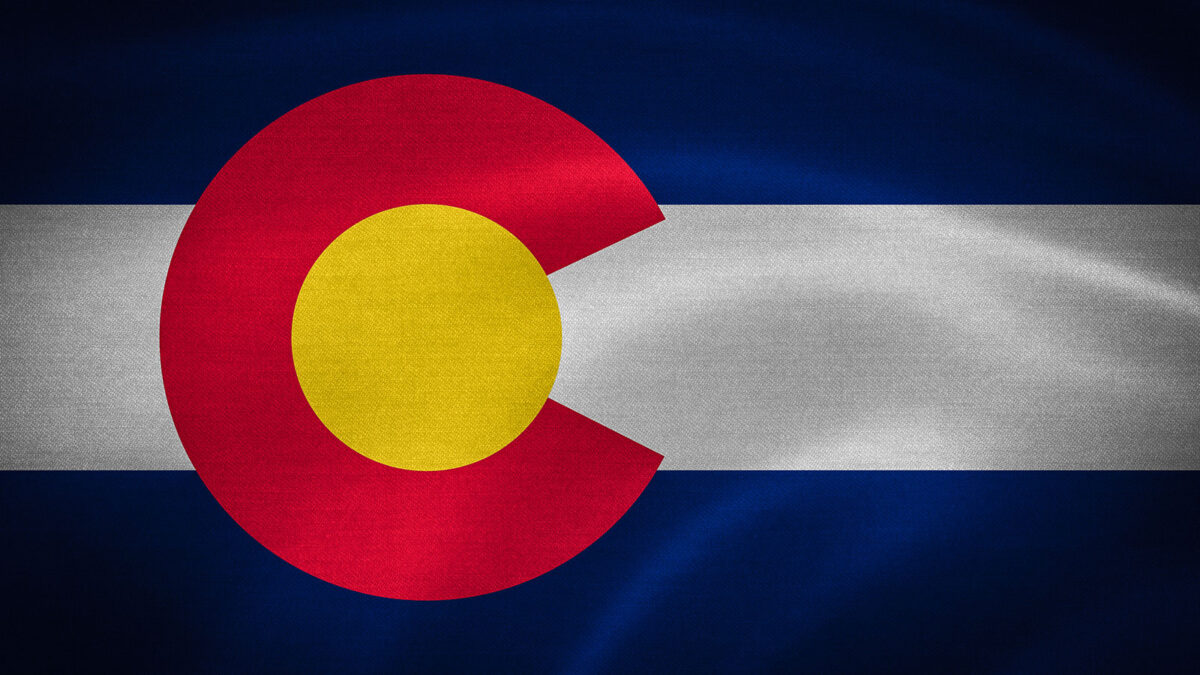
From Our Readers
In re Juvenile Law, April 2023
May 2023
Download This Article (.pdf)
Dear Editor:
I read with interest the article on HB 22-1038 in last month’s issue of Colorado Lawyer (“HB 22-1038: Colorado Continues Its History of Expanding Children’s Voice and Representation in D&N Cases”). The article provided some, but not all, of Colorado’s long history of addressing the representation of children in the court system.
As the article points out, Colorado was in the vanguard of addressing the needs of children by establishing the second dedicated juvenile court in the United States in 1901. The issue of the representation of a child in D&N cases was the subject of CRS § 19-3-203 (guardian ad litem) in the 1987 Children’s Code. The role of the GAL in domestic relations cases was created in the 1972 Uniform Dissolution of Marriage Act in Colorado with a one-sentence provision that gave no guidance whatsoever as to what that GAL’s role might be. In 1988, the court of appeals issued its opinion in In Re Marriage of Barnthouse, 765 P.2d 610 (Colo.App. 1988), and provided the first outline of the GAL’s role in domestic relations cases. Subsequently, in 1993, the CBA Committee on Standards of Practice for Guardians ad Litem issued its recommendations and submitted them to the Supreme Court for incorporation into a court rule. At the time, some GALs had well over 300 cases on their caseload and were not providing the representation called for by the proposed guidelines. A Denver newspaper even did an “exposé” on the manner in which some GAL’s mishandled their cases and how they got paid. The Supreme Court did not take action until Chief Justice Anthony Vollack issued Chief Justice Directive 97-02, which was the first codification of what tasks a GAL was to undertake in juvenile court cases. In the case In Re Marriage of Hartley, 886 P.2d 665 (Colo. 1995), the Supreme Court examined the GAL’s role in domestic relations cases and noted that in such cases there is no statutory or constitutional right to an independent lawyer if there is a GAL appointed for the child. The debate on whether a GAL should be a “best interests” advocate or should be the “advocate for the child’s wishes and preferences” has been ongoing since at least the mid-1990s.
I wrote an article on the topic that appeared in the November 1998 issue of Colorado Lawyer (“The Role of the Guardian ad Litem: Changes in the Wind”) and referenced a 1996 law journal article in the Fordham Law Review by Prof. Jean Koh Peters that advocated for the client-directed attorney-client relationship for children in child protective cases. The road to providing competent and effective advocacy for children in both juvenile and domestic relations cases in Colorado has been a long and sometimes bumpy one. I will follow with interest the impact that client directed lawyering will have in D&N cases.
David M. Johnson
Johnson Kush PC
Colorado Springs


